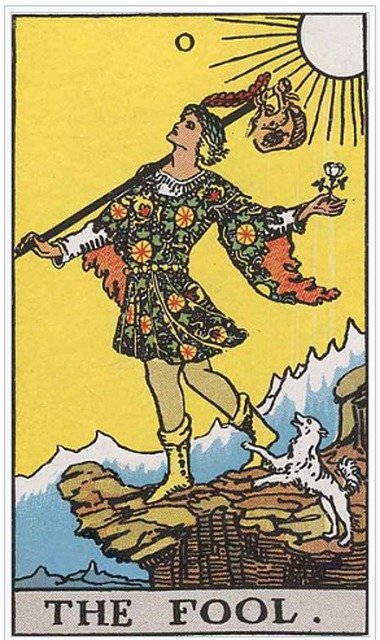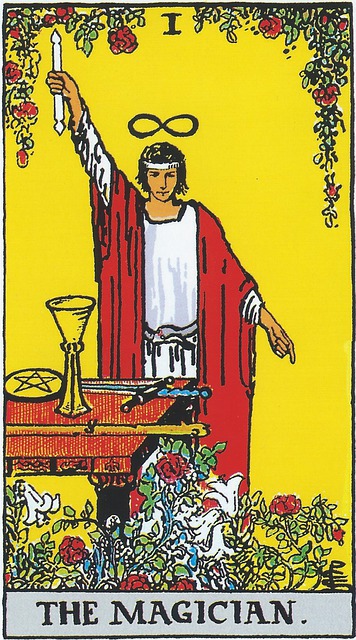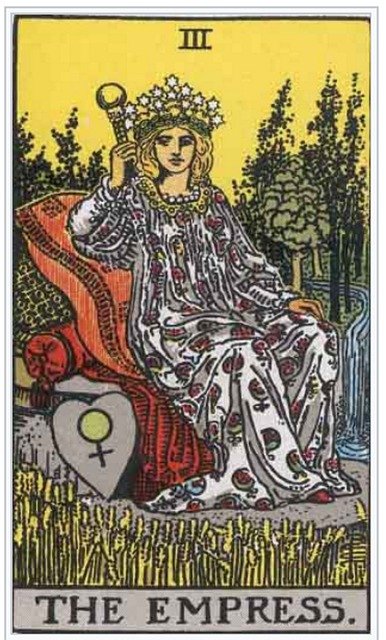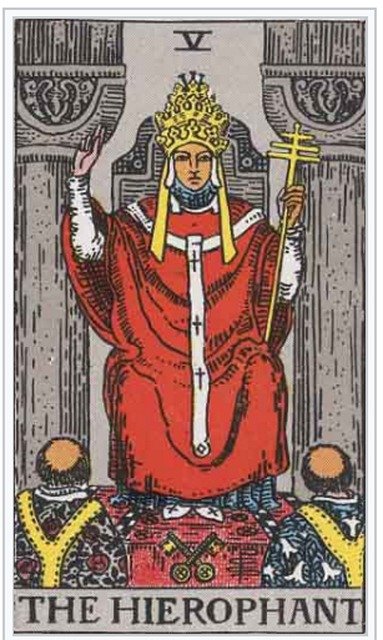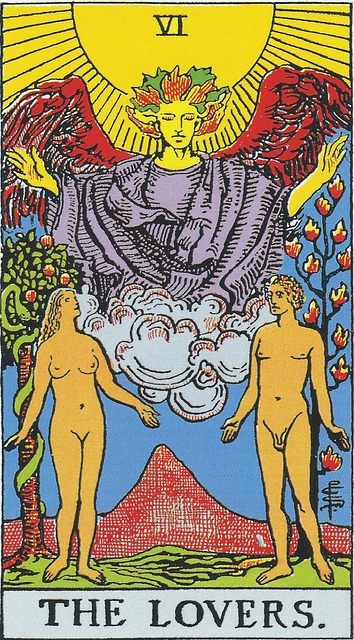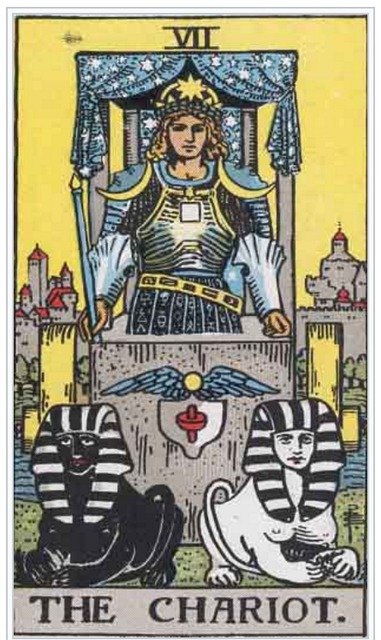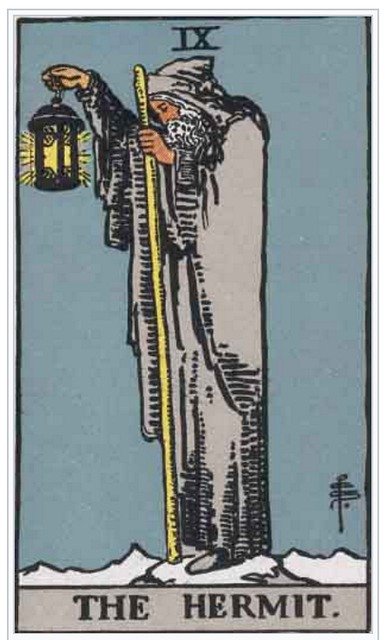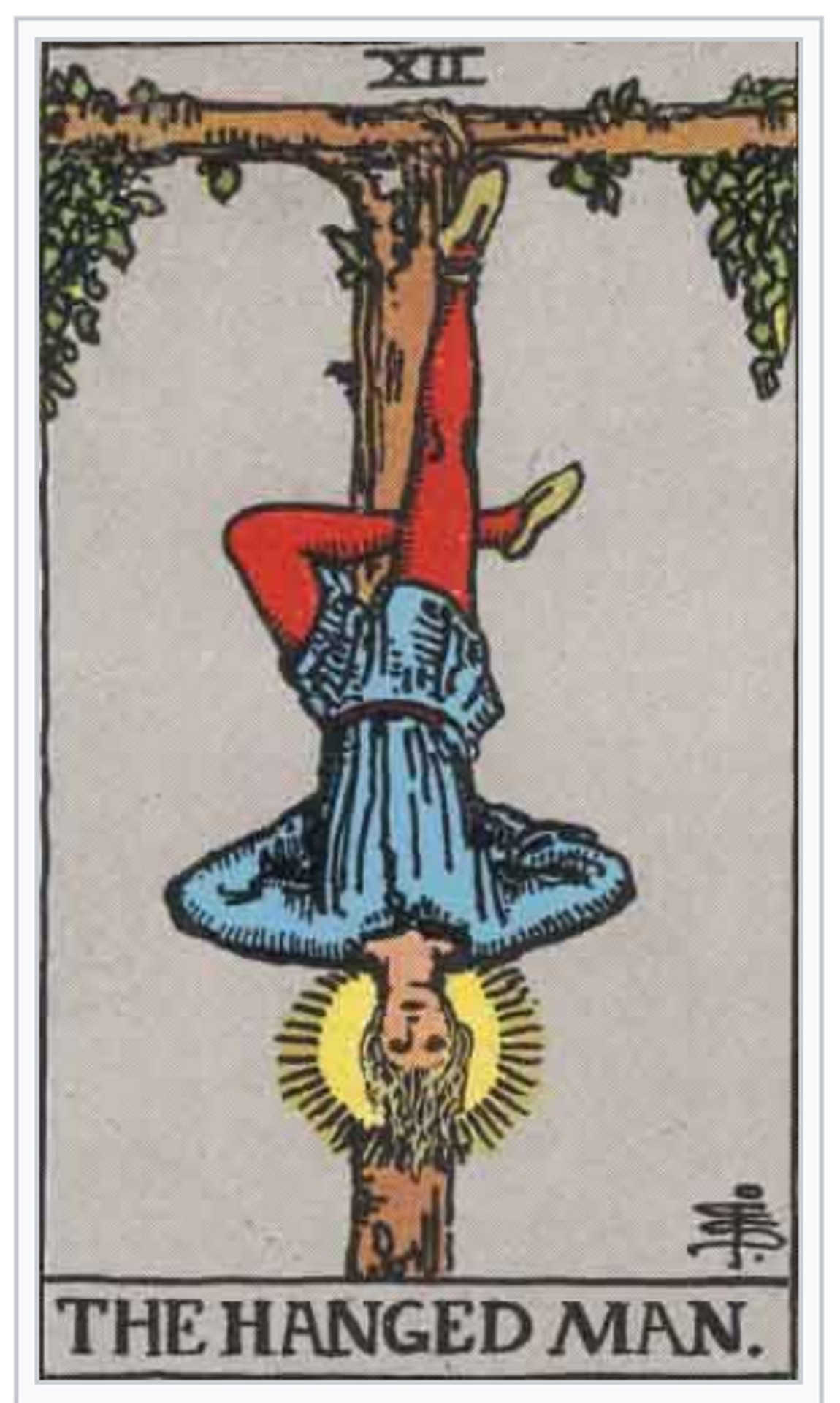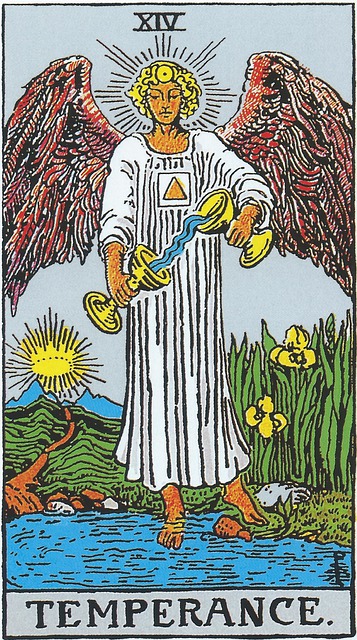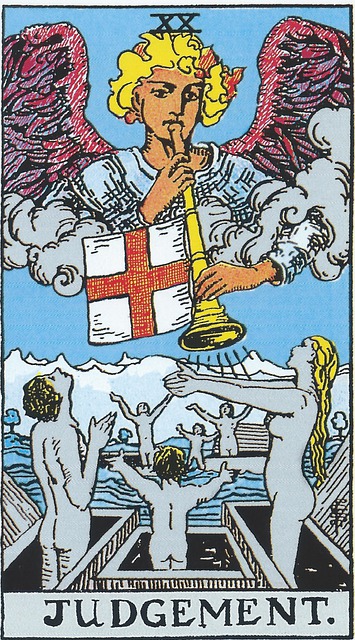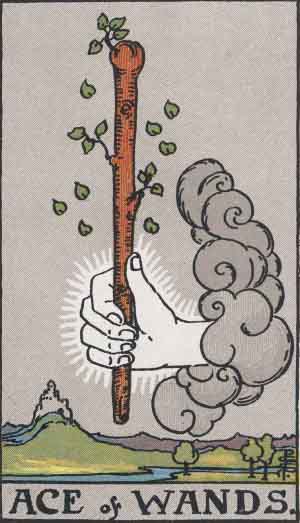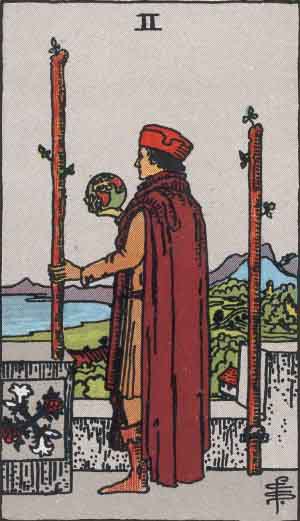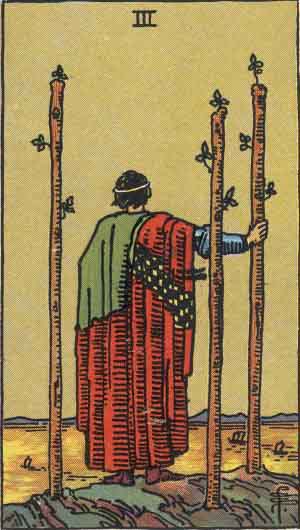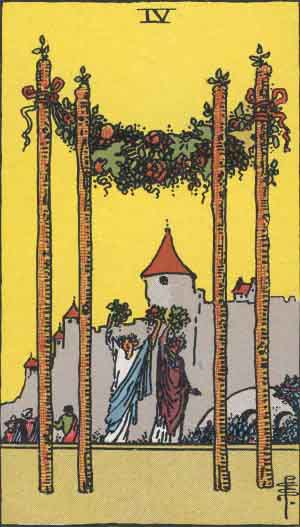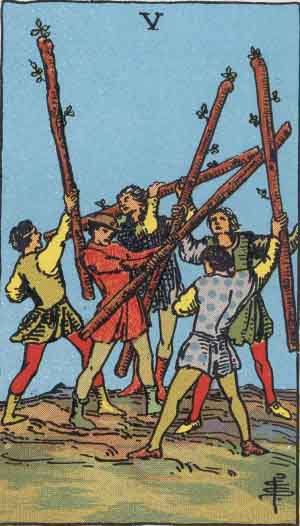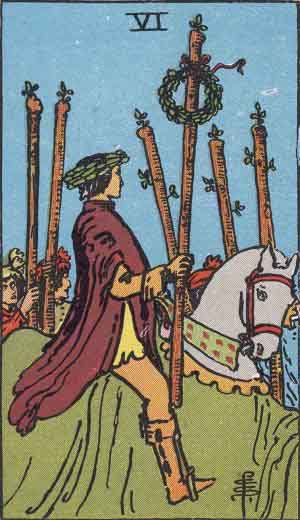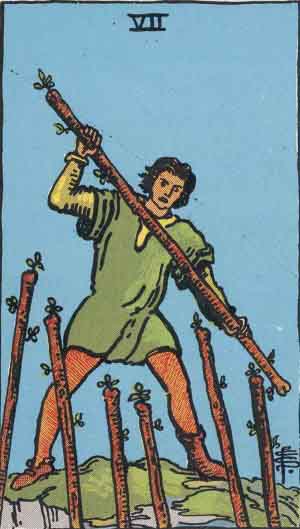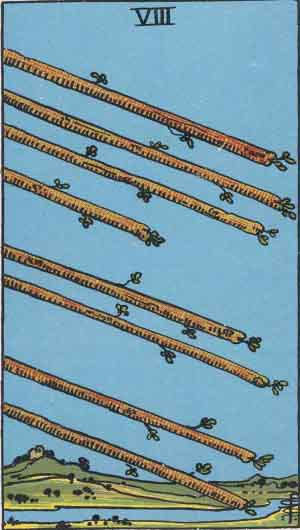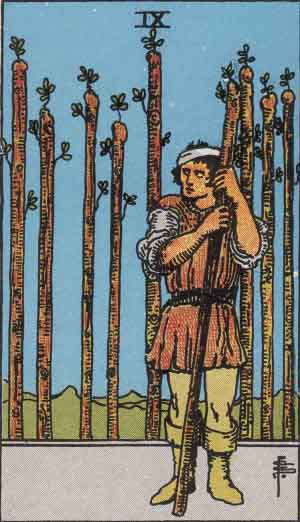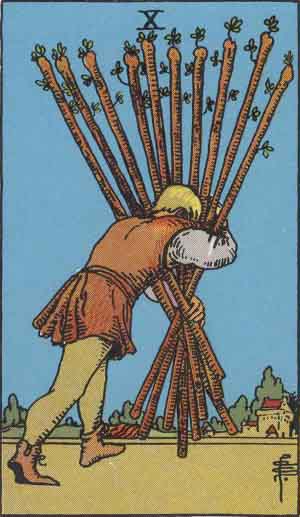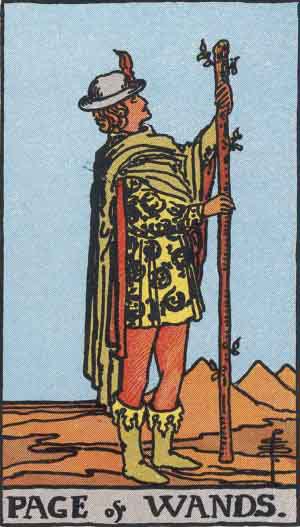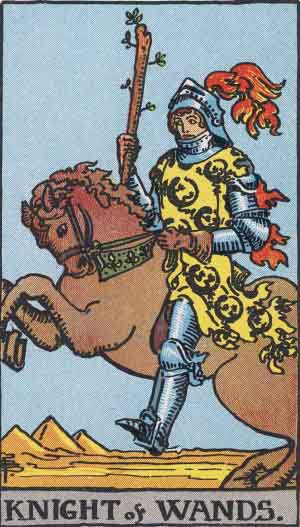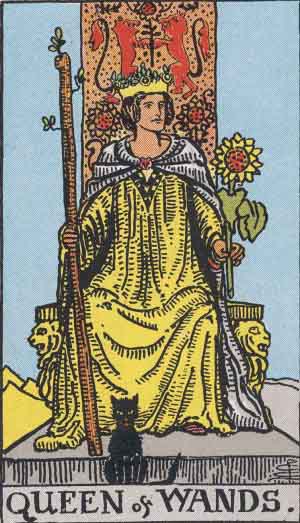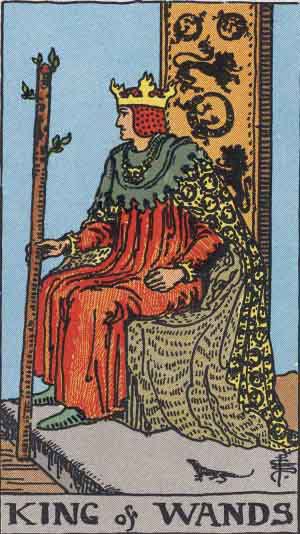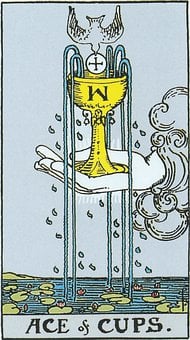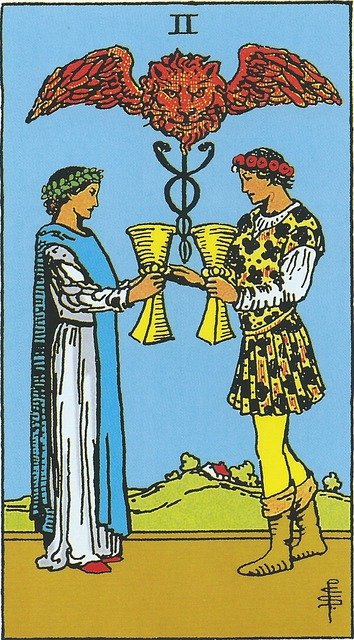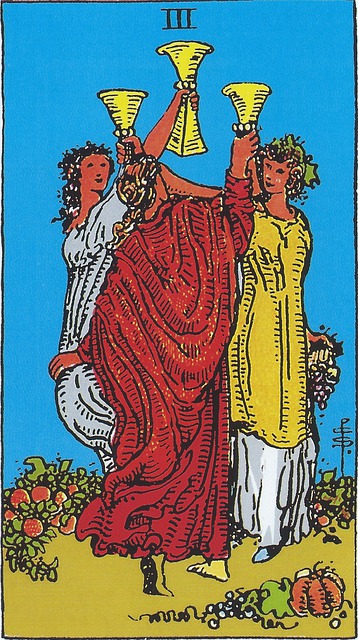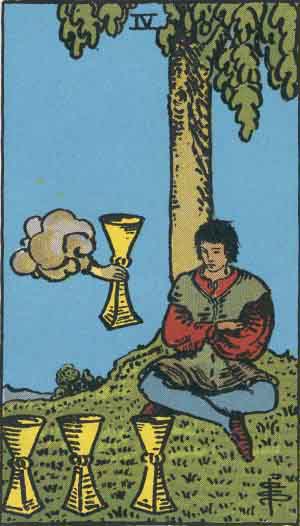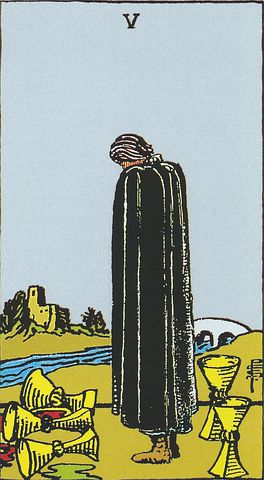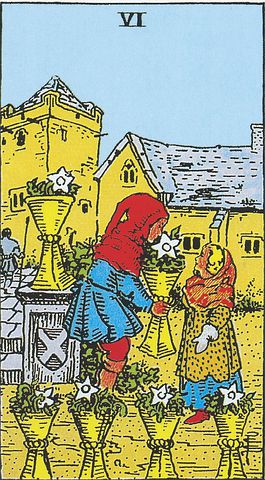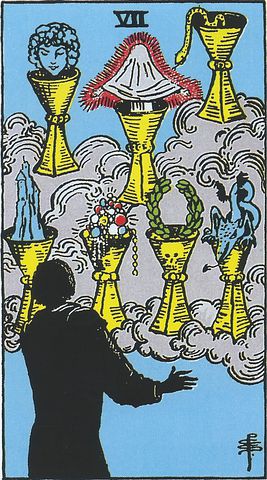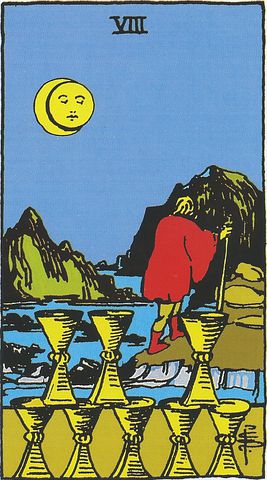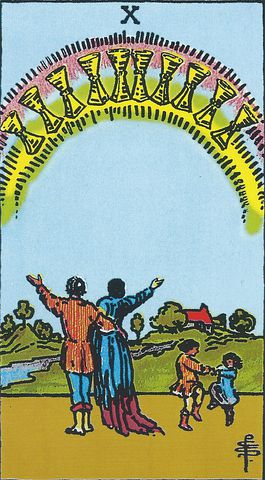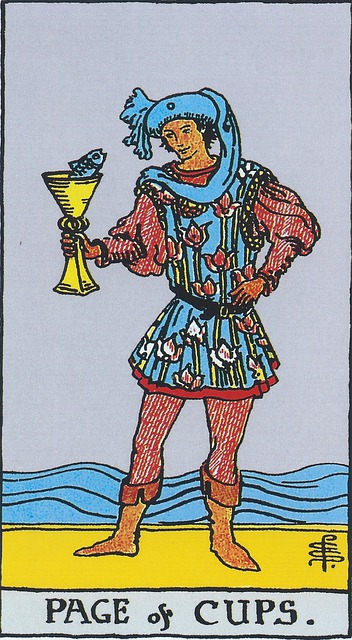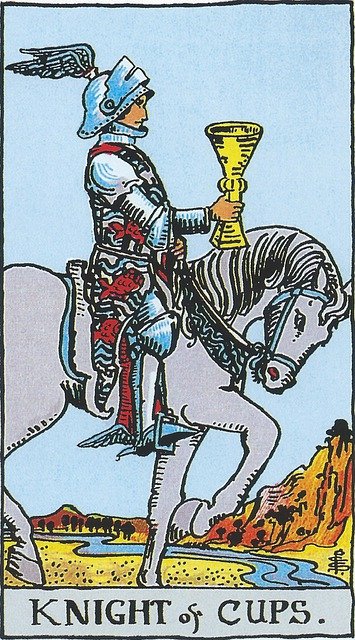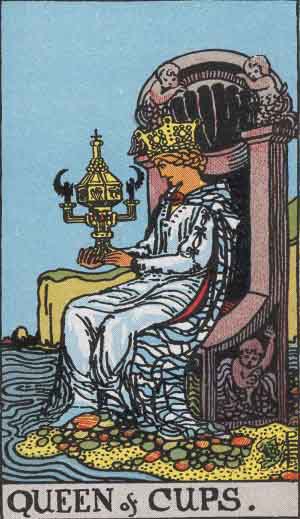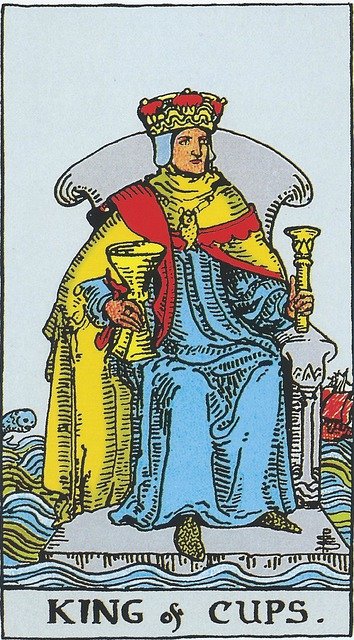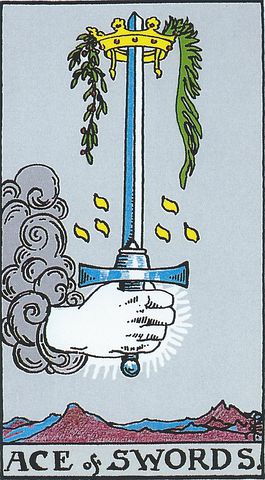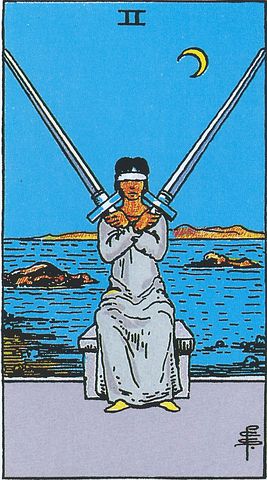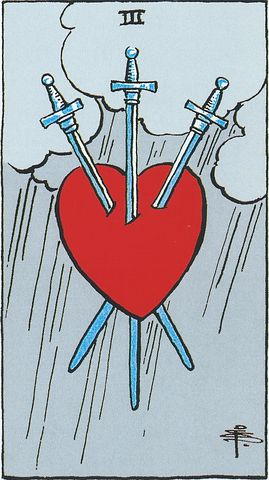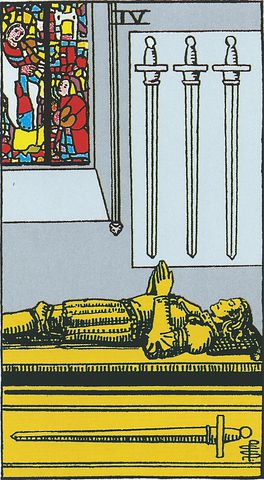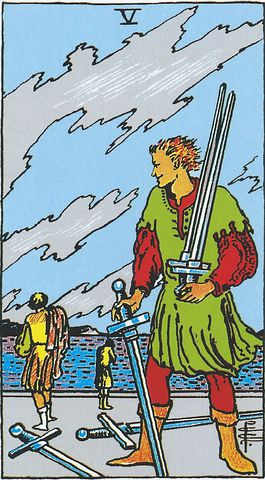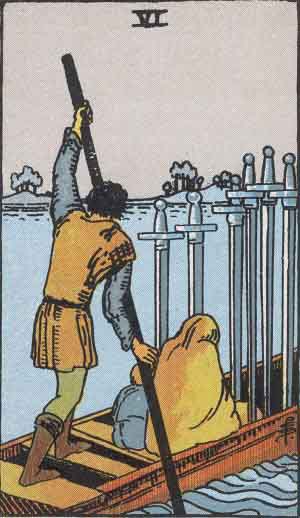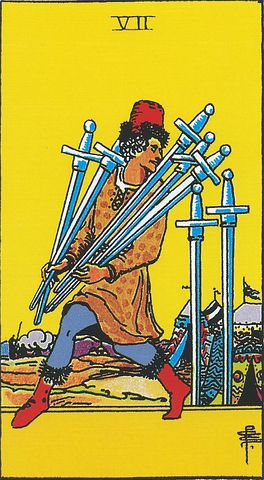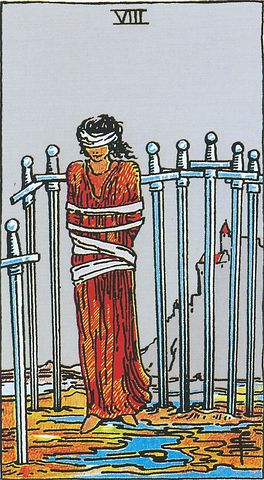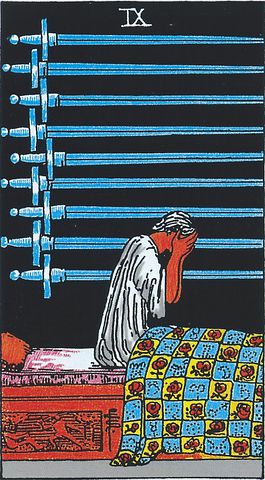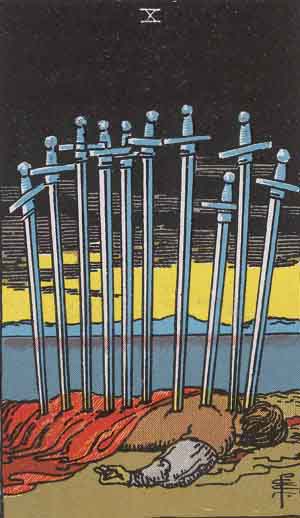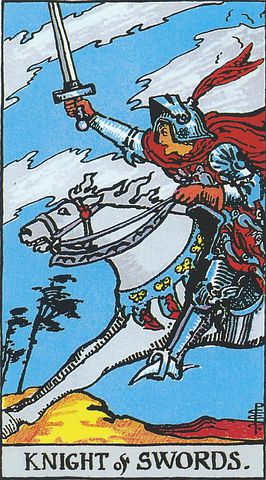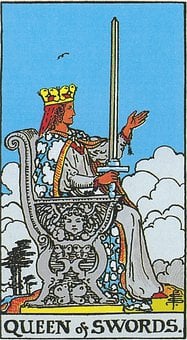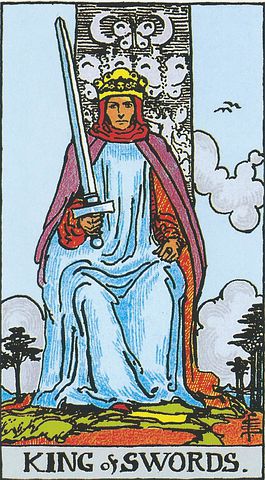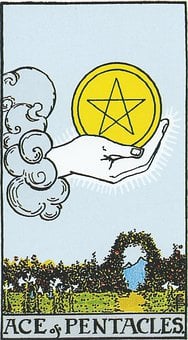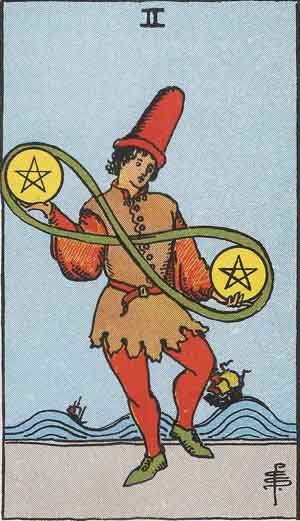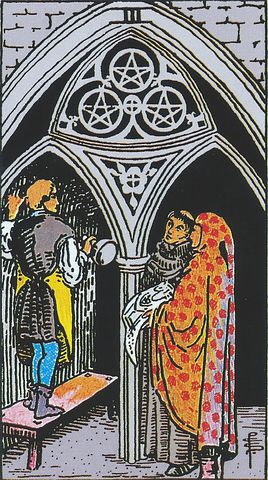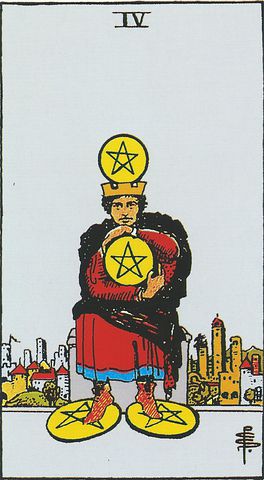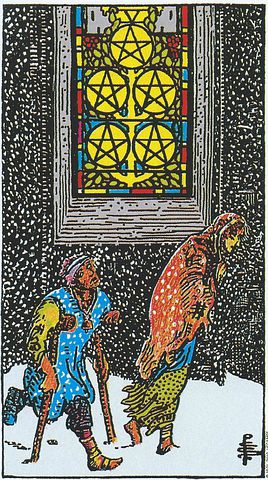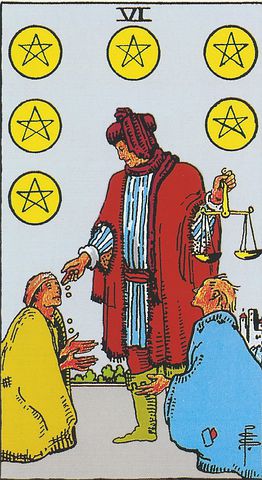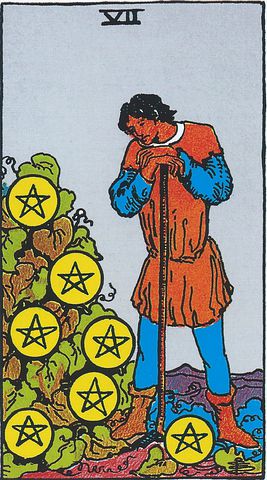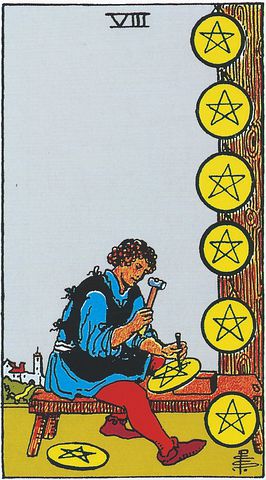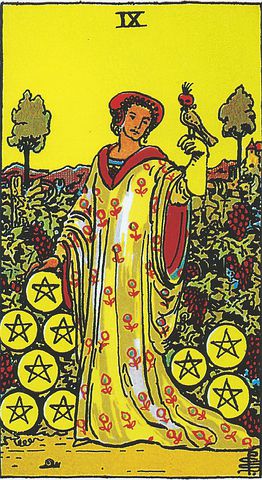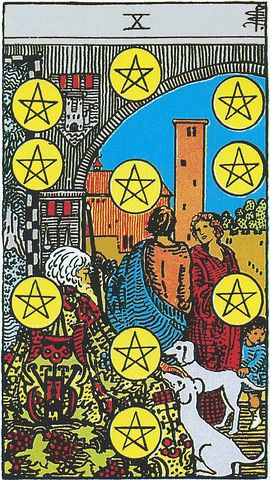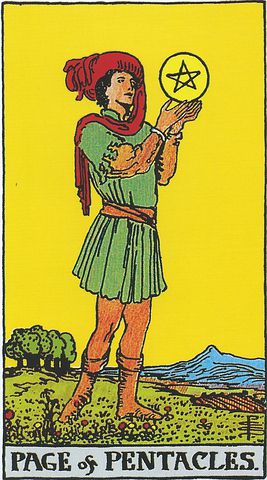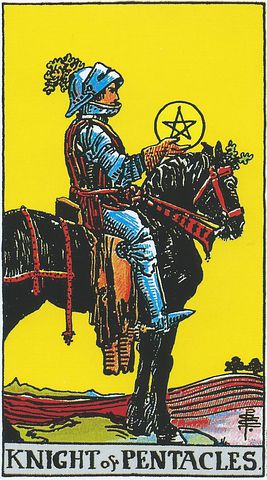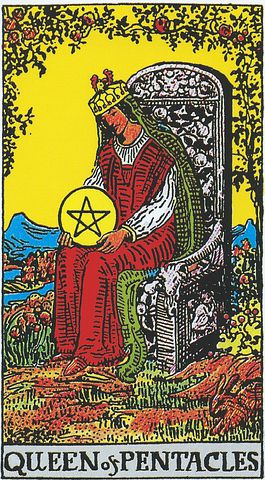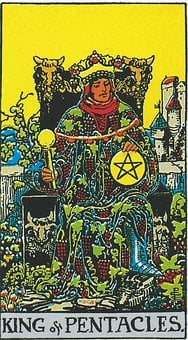Tarot cards explained
"Did you really think that pieces of cardboard
can predict the future?"
"No, that's not what they are for! The value of the tarot is that it makes people think, to weigh the pros and cons of the situation."
For centuries people have been predicting the future by using cards.
Personally I don't believe in predicting the future and in that sense the cards have no value for me.
However, I have learned that when I draw a random card from a stock, the meaning of that card triggers me to think. The beauty of it is that that card almost always relates to something that is going on in my life at that moment in some way, consciously or unconsciously. As a result, I gain more insight into the situation. Insight can change my thinking or give acceptance. That is a choice I have and up to me what I do with it.
For me the cards are a 'mirror' that is held up to me. And if I dare to look in that 'mirror' and be honest with myself, then I can learn about myself.
An old Chinese proverb says "a picture is worth a thousand words".
The tarot is a collection of 78 archetypal pictures. It is actually a 'loose-leaf book', whose 'sheets' (cards), represent the walk through life; they can be seen as a symbolism of man's life path.
The archetypes and symbols on the cards are embedded in our subconscious and send short messages to the unconscious and conscious mind. We recognize archetypes and symbols, for example: in the collective unconscious everyone knows what a "mother" is, but in our personal unconscious this recognition does not always evoke the same "feelings"; this depends on how we have experienced "the mother".
"No, that's not what they are for! The value of the tarot is that it makes people think, to weigh the pros and cons of the situation."
For centuries people have been predicting the future by using cards.
Personally I don't believe in predicting the future and in that sense the cards have no value for me.
However, I have learned that when I draw a random card from a stock, the meaning of that card triggers me to think. The beauty of it is that that card almost always relates to something that is going on in my life at that moment in some way, consciously or unconsciously. As a result, I gain more insight into the situation. Insight can change my thinking or give acceptance. That is a choice I have and up to me what I do with it.
For me the cards are a 'mirror' that is held up to me. And if I dare to look in that 'mirror' and be honest with myself, then I can learn about myself.
An old Chinese proverb says "a picture is worth a thousand words".
The tarot is a collection of 78 archetypal pictures. It is actually a 'loose-leaf book', whose 'sheets' (cards), represent the walk through life; they can be seen as a symbolism of man's life path.
The archetypes and symbols on the cards are embedded in our subconscious and send short messages to the unconscious and conscious mind. We recognize archetypes and symbols, for example: in the collective unconscious everyone knows what a "mother" is, but in our personal unconscious this recognition does not always evoke the same "feelings"; this depends on how we have experienced "the mother".
Types of tarot cards
Because of their archetypal and universal themes, the tarot cards have inspired many to create their own version of the 78 cards.
A great example are the cards painted by Salvatore Dali (recently available again).
Arthur Edward Waite's tarot cards, known as Rider-Waite, are the most widely used because of their clear illustrations. They date from the year 1909.
In addition to Rider-Waite's cards, Aleister Crowley's cards, the Thoth tarot, are certainly as popular.
Of a less "spiritual" level are the fortune telling cards of Mlle. Lenormand.
The choice of cards always remains a personal matter. Fortunately, there is an abundance of tarot cards for sale.
Arthur Edward Waite's tarot cards, known as Rider-Waite, are the most widely used because of their clear illustrations. They date from the year 1909.
In addition to Rider-Waite's cards, Aleister Crowley's cards, the Thoth tarot, are certainly as popular.
Of a less "spiritual" level are the fortune telling cards of Mlle. Lenormand.
The choice of cards always remains a personal matter. Fortunately, there is an abundance of tarot cards for sale.
Explanation of tarot cards
The Tarot is divided into the Major Arcana and the Minor Arcana.
The cards of the Major Arcana concern meaningful moments associated with major life questions in the person's life. They indicate the big picture. In a laying they have more weight than the regular cards. They are the turning points, the crux of the matter.
The cards of the Minor Arcana fill in the details, the daily events and the people.
The cards of the Major Arcana concern meaningful moments associated with major life questions in the person's life. They indicate the big picture. In a laying they have more weight than the regular cards. They are the turning points, the crux of the matter.
The cards of the Minor Arcana fill in the details, the daily events and the people.
The major arcana
The 22 Great Arcana cards numbered 0 through 21 represent all in all a human life, with everything you may encounter along the way: worries and sorrows, joyful moments, carefree times and periods of fear, weakness, hope and victory. Literally a life experience. Each mood can be found in these 22 cards.
The Fool (0) holds a special place in the Tarot. He is the only one of all 22 trump cards who has also managed to function in our current deck, namely as a joker.
He perhaps represents the 'hero', who goes through the archetypal stages of the other 21 cards.
He perhaps represents the 'hero', who goes through the archetypal stages of the other 21 cards.
The minor arcana
The Minor Arcana consists of 56 cards, divided into four series of 14 cards each. Each series consists of 10 numbered cards, Ace through 10, and four cards of the Court: King, Queen, Knight, Squire (or Page).
The cards of the Minor Arcana show the aspects of daily life, as experienced by humans, and the smaller life lessons that are important at a particular time.
The four series are Wands, Cups (or Goblets), Swords and Pentacles (or Coins):
Wands
Wands represent the element of fire. Astrologically, these cards are associated with the fire signs Aries, Leo and Sagittarius.
The cards of Wands have to do with daily affairs and with the energy and enthusiasm with which things are done.
Wands are associated with all kinds of communication, travel, and daily pursuits. The fire element means energy and enterprise, creativity and the urge to get things going. Business problems, creative ventures and all kinds of negotiations also belong to Wands.
The cards of Wands have to do with daily affairs and with the energy and enthusiasm with which things are done.
Wands are associated with all kinds of communication, travel, and daily pursuits. The fire element means energy and enterprise, creativity and the urge to get things going. Business problems, creative ventures and all kinds of negotiations also belong to Wands.
Cups
Cups are also called Chalices or Goblets and are related to the element water and the signs Cancer, Scorpio and Pisces.
They are therefore associated with feelings and emotions, for example in love and relationships, or in the family or household. Chalices also relate to friendship, companionship and pleasant colleagues, and to comfortable living and working conditions. The series can also indicate artistic and creative development and show how the questioner feels in a particular situation. The main focus of Cancer is the emotional reaction to a particular event.
They are therefore associated with feelings and emotions, for example in love and relationships, or in the family or household. Chalices also relate to friendship, companionship and pleasant colleagues, and to comfortable living and working conditions. The series can also indicate artistic and creative development and show how the questioner feels in a particular situation. The main focus of Cancer is the emotional reaction to a particular event.
Swords
Swords are related to a number of different things. Astrologically, they are related to the element air and the signs Gemini, Libra and Aquarius.
They govern the area of the mind in the form of ideas and concerns and also relate to serious decisions, delays, disappointments, limitations and losses. Swords are also associated with travel, literally or figuratively. This sequence is probably easiest to interpret when associated with mental activities.
They govern the area of the mind in the form of ideas and concerns and also relate to serious decisions, delays, disappointments, limitations and losses. Swords are also associated with travel, literally or figuratively. This sequence is probably easiest to interpret when associated with mental activities.
Pentacles
Pentacles are also called Pentagrams or Coins and they are related to the element earth and the signs Taurus, Virgo and Capricorn.
They relate to the material world, to concrete things. The cards of Pentacles are associated with resources, and they also have a lot to do with our finances, with work that makes money, with earnings, spending and saving. Pentacles relate to security, growth and progress, profit and loss. Pentacles also include status and weightiness and the value of people and goods.
They relate to the material world, to concrete things. The cards of Pentacles are associated with resources, and they also have a lot to do with our finances, with work that makes money, with earnings, spending and saving. Pentacles relate to security, growth and progress, profit and loss. Pentacles also include status and weightiness and the value of people and goods.
78 Tarot Cards
0. Fool
1. Magician
2. High Priestess
3. Empress
4. Emperor
5. High Priest
6. Lovers
7. Chariot
8. Strength
9. Hermit
10. Wheel of fortune
11. Justice
12. Hanged man
13. Death
14. Temperance
15. Devil
16. Tower
17. Star
18. Moon
19. Sun
20. Judgment
21. World
Ace of wands
Two of wands
Three of wands
Four of wands
Five of wands
Six of wands
Seven of wands
Eight of wands
Nine of wands
Ten of wands
Page of wands
Knight of wands
Queen of wands
King of wands
Ace of cups
Two of cups
Three of cups
Four of cups
Five of cups
Six of cups
Seven of cups
Eight of cups
Nine of cups
Ten of cups
Page of cups
Knight of cups
Queen of cups
King of cups
Ace of swords
Two of swords
Three of swords
Four of swords
Five of swords
Six of swords
Seven of swords
Eight of swords
Nine of swords
Ten of swords
Page of swords
Knight of swords
Queen of swords
King of swords
Ace of pentacles
Two of pentacles
Three of pentacles
Four of pentacles
Five of pentacles
Six of pentacles
Seven of pentacles
Eight of pentacles
Nine of pentacles
Ten of pentacles
Page of pentacles
Knight of pentacles
Queen of pentacles
King of pentacles
